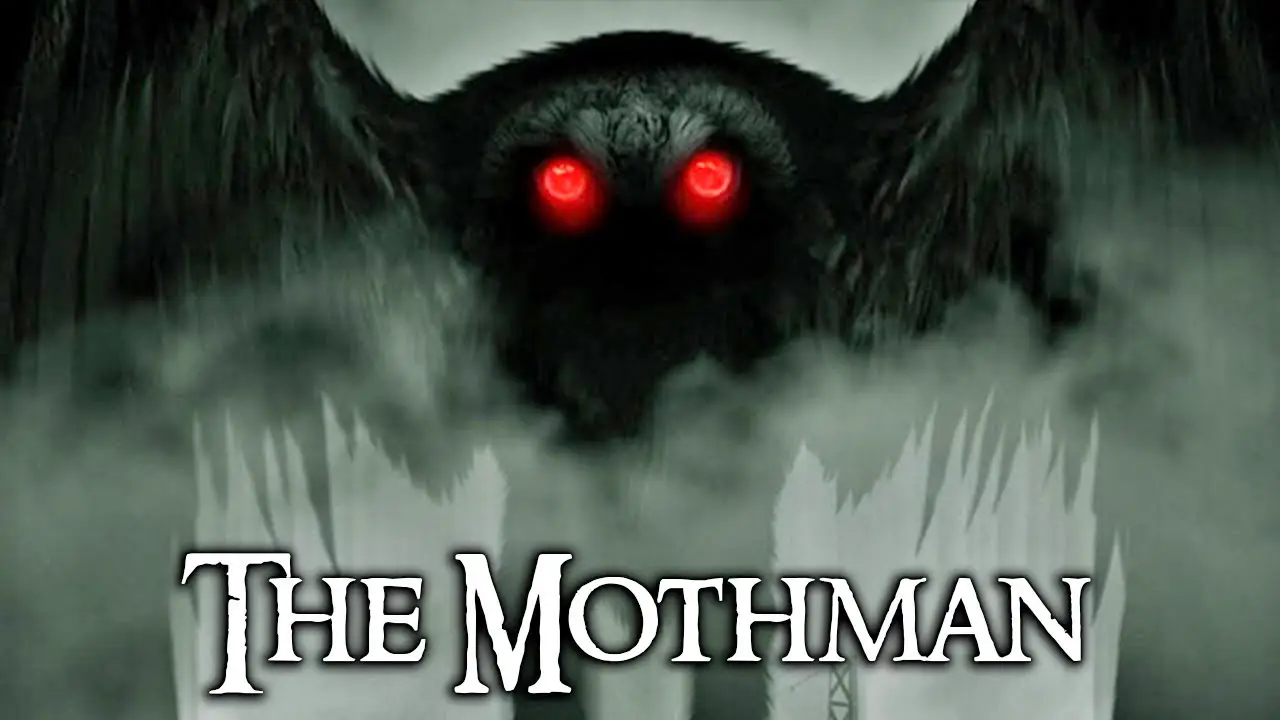Koji Wakamatsu, born Takashi Ito in 1936, has been one of modern Japanese cinema’s most prolific directors, and also one of its most elusive and strange. With nearly a hundred feature credits to his name, Wakamatsu, a former construction worker, emerged at the same time as his better-known friend and occasional collaborator Nagisa Oshima. Where Oshima successfully courted the art house with his often violent and sexually corrosive films, Wakamatsu remained something almost akin to a guerrilla filmmaker for a long time, with ties to far-left groups in the late ‘60s, and his deliberate provocations of Japanese censorship boards. Wakamatsu is enshrined as one of the inventors of the so-called pinku (“pink”) cinema, although Wakamatsu’s own preoccupations weren’t as crassly commercial as most essayers of that style of filmmaking: he saw himself more as a maker of revolutionary parables and purposeful subversion of good taste. Wakamatsu had embarrassed cultural grandees when he submitted his 1965 film Skeleton in the Closet to the Berlin Film Festival and received an enthusiastic response, in spite of the fact that the film was still under review by the censors and the underground film strain was considered unworthy of any attention at home. When the film received a hurried, limited release, Wakamatsu quit Nikkatsu Studios and set up his own production company. The Embryo Hunts in Secret was the first he self-financed, achieving a complete independence and prerogative of subject matter.
The Embryo Hunts in Secret offers one of the first variations on a story that recurs again and again in the Japanese cinema of provocation, in which characters, either in a folie-a-deux or through coercion, usually by a man over a woman but not always, retreat into an oedipal space and begin devolving through a process of sexual and violent exploration of the body and the psyche. Certainly such a description also encompasses the likes of Oshima’s In the Realm of the Senses (1976), which Wakamatsu produced, Yasuzo Masumura’s The Blind Beast (1969), through to Takashi Miike’s Audition (2000). The Embryo Hunts in Secret, unlike some of Wakamatsu’s follow-ups (Violated Angels, 1967, Go, Go Second Time Virgin, 1969), isn’t based on a famous crime case, although it could easily have been. The story is simple in the extreme, commencing with a couple making out in a car, grappling in feverish ecstatics as rain pours outside. The man (Hatsuo Yamaya), manager of a department store left to him by his parents, invites the girl (Miharu Shima), one of his shopgirls from the men’s fashion section, into his house, which proves a Spartan space. Drunk and horny, the girl’s excited to be with the boss, but he has rather different intentions to mere sexual acrobatics.
The girl is the spitting image of the man’s wife, who, as it is slowly revealed through associative flashbacks throughout the narrative, died in childbirth, after a prolonged, excruciating battle of wills between her desire to reproduce and his distaste for the notion of bringing a child into the world. His emasculation anxiety, stoked by the knowledge that his wife had artificial insemination, and his inability to control his lover now sees him imprison and mercilessly abuse the girl, indulging long sessions of whipping, threats with blades, leashing her and forcing her deport like a dog, and sundry other acts that establish his complete dominance. The man responded, when confronted by the alternate phallus – a test tube – his wife displayed to him in explaining how she became pregnant, with such unadorned horror that a certain blackly comic mockery creeps into Wakamatsu’s portrait of him. And yet unresolved trauma and a fatally fragmented sense of the female torments the man, and the physical punishment he unleashes on the girl is constantly filtered through the prism of the man’s own deeply egocentric psychosexual pain. He weeps for his mother, who killed herself, longs for the pre-oedipal world of sexless security, and makes the girl his perfect fetish object in his misogynist rants against “girls like you” who freely copulate and don’t conform to the maternal model. He displays his wife’s death mask with intimidating relish to the girl: “This is you!” he states in menacing promise.
Wakamatsu’s expert use of widescreen sees the characters constantly framed at the far ends of hallways and through narrow apertures, the closeness of their surrounds turned into a trap that renders them in partly disembodied figurations, and through which they slide, wriggle, contort and battle like specimens in an ant farm. Usual cinematic laws of style dissolve as sound is removed from some sequences: the girl’s screams in a torture session resound without volume; freeze frames capture her contorting face when whip blows land, and time lurches forward in whiteout flashes and aesthetically dizzying dissolves and jump cuts. Flashbacks are rendered in hallucinatory over-brightness, as if the electric misery of the protagonists is eating away at coherent recollection. Anticipating, and outstripping, the comparatively evasive, puerile quality of later western films like Silence of the Lambs (1991) and Kiss the Girls (1999) that carefully filter S&M fantasies through inflated gothic and procedural tropes, Embryo refuses to refashion the man into a monster, providing instead a purely pathological portrait of rank misogyny’s desperate efforts to contain what taunts it. Wakamatsu makes the man a stand-in for all the pooling anxieties of modern (1966) male sexuality, the failing flip-side to the era’s James Bond playboy fantasies. Embryo is akin to The Collector stripped of phoney romanticism and reconfigured through facets of De Sade and Week-End, anticipating with deadly alacrity the musty distanced sadism of internet BDSM and Torture Porn horror movies.
Yet Wakamatsu, like Godard, isn’t interested in being realistic with his horror; the welts and blood that striate the girl’s form are incredibly obvious make-up. It’s more like an Erotic-Marxist Passion Play infused with delirious high Euro-culture references – swooping strands of classical music infuse the who film, including Berlioz’s Symphonie Fantastique blaring during the lengthiest whipping scene, and a shout-out to Marie Antoinette’s fate, calling to mind Yukio Mishima’s similar exploitation of decadent Royalist France in his Madame DeSade. Water, whether plummeting from the sky or gushing over the man and girl from showers and faucets, is a repetitive element that alternately represents sex, purity, absolution, and finally correlated with the longed-for embrace of an embryonic enclosure. The embryo of the title is both the unborn child that destroyed his marriage, his wife, and his sense of self, and the man himself; his vicious attempts to control the girl seem indivisible from his own attempts to born. The man is glimpsed at one point curled in a foetal ball before a window, swamped in light. Or is it the girl’s birth? The finale is fascinatingly presaged in a fantasy segue in which her bindings magically fall away, her on-sound thoughts expounding a realisation of her exploitation in her “real” life as well as in the man’s house. She calmly walks into the kitchen, returns with a tomahawk, and begins hacking her persecutor to death, in a psychic liberation that must inevitably precede the physical kind.
In reality she can, at that point in time, only make an awkward appeal for help when a postman calls, which earns her another beating, and undoes the brief peace of the film’s mid-section. There, the man had cheerfully eroticised the damage done to her body, kissing her welts as he washed her in the shower, and then, having done his best to reduce her to his “dog”, feeding her when leashed and on all fours, carefully reconstructing the love-object he took such pains to strip down to component parts. In a weirdly beautiful scene, he paints her eyes with mascara and brushes out her hair with the care of a girl with a doll. The control/disintegration fantasy reaches an apogee as the man determines to kill the girl after getting her too drunk to resist, only for her to spit out the liquor, blinding him. Then, in a brilliantly shot and edited scene, she strains to grasp his dropped knife and cut herself free, then lies in wait for his return, finally stabbing him to death with unleashed fury that echoes his own indulgence of flagellation, except now his blood thickly spots her face, and the man’s transcendent agony sees him dying with a beatific relief on his face and white light swallowing him up. The compact 71 minute running time means there’s not a moment’s fat on the running time, and whilst the film is often defined as a warm-up for Wakamatsu’s following work, it’s powerful and dazzling in its own right.




















